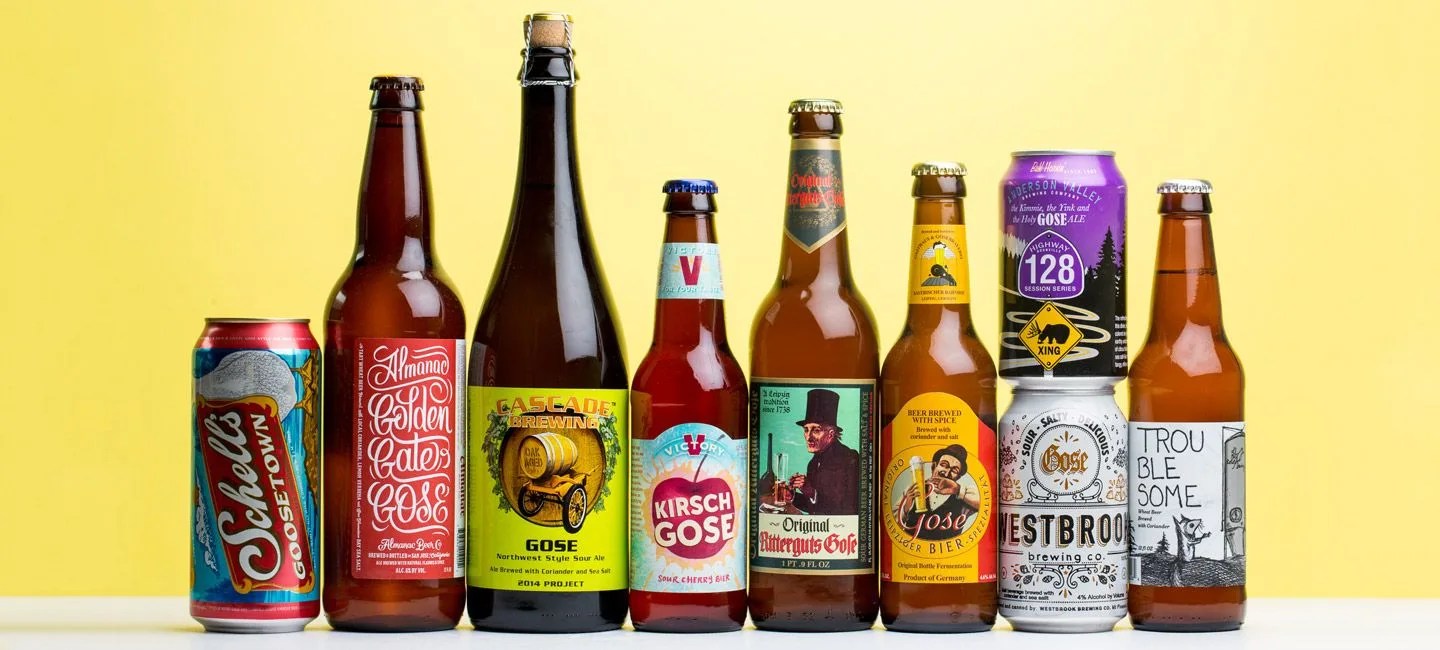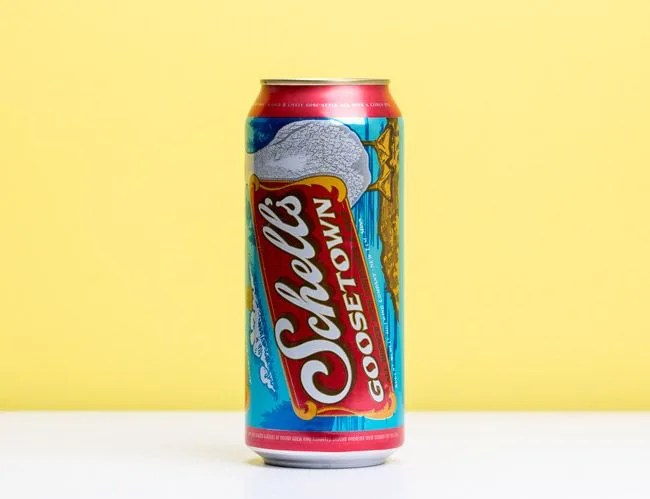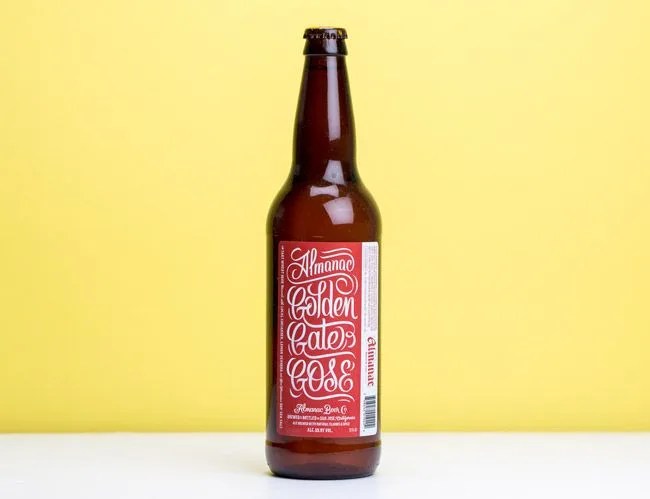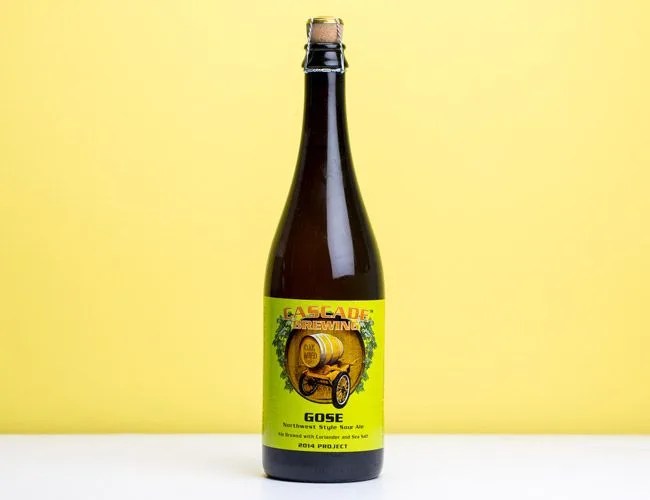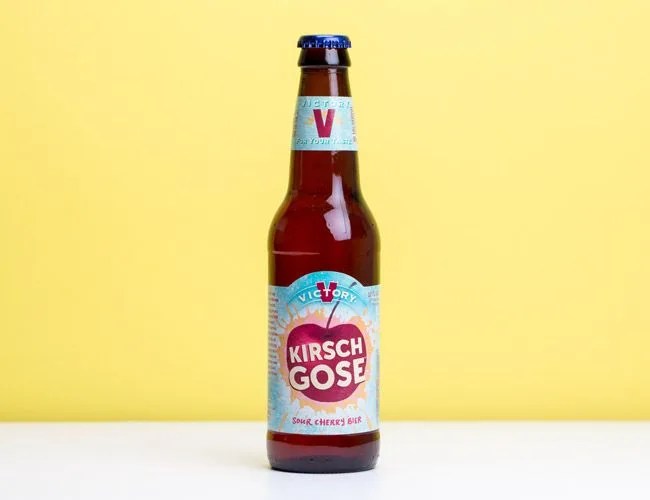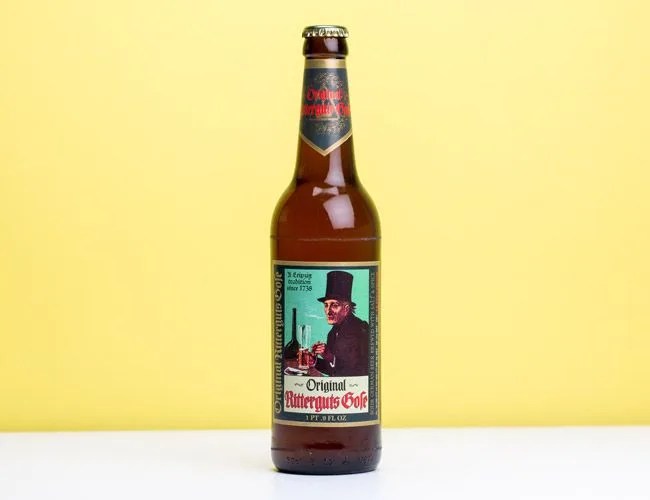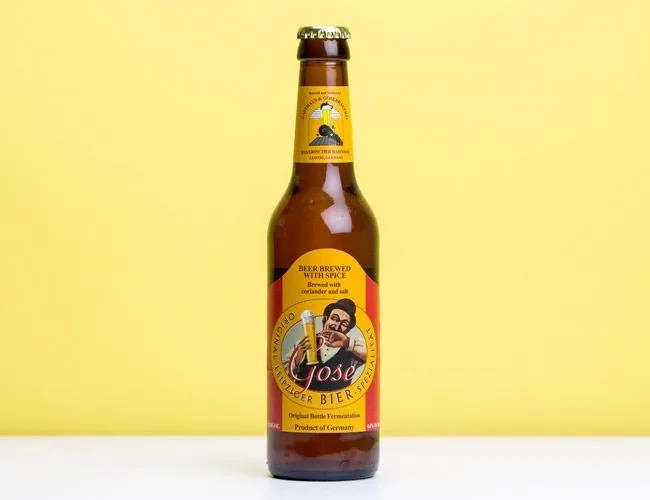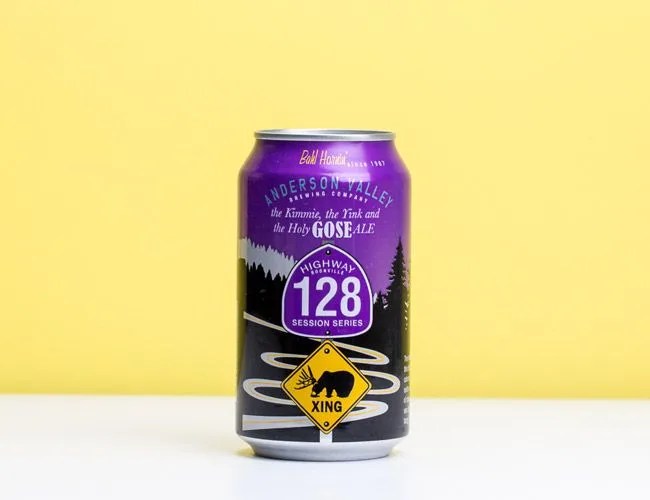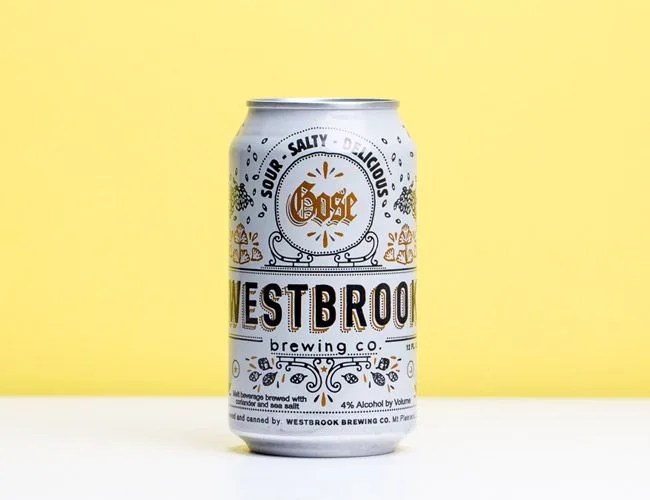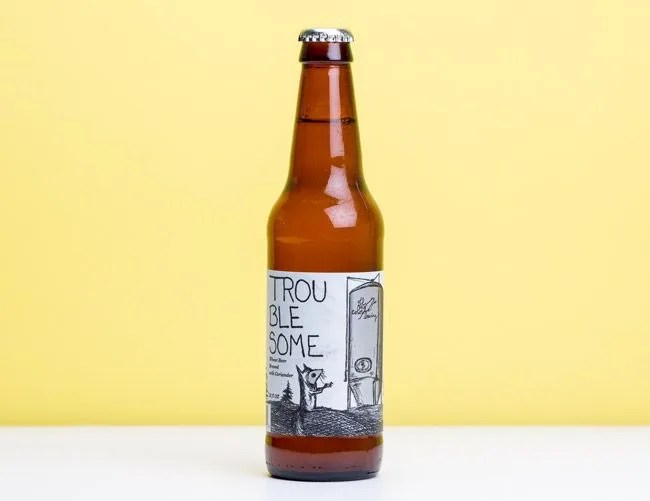The German-style gose beer nearly never was. Its origins date back to medieval Germany (some records go back as far as the 11th century) to a town called Goslar in Lower Saxony. Characterized by several unique ingredients, including coriander and salt, gose was a top-fermenting wheat beer that underwent a similar brewing process to ales (as opposed to a bottom-fermenting lager). Over the next several hundred years, the beer found its way east to Leipzig, defining itself within the cultural flavor of the city.
Later centuries in Germany, however, would prove less receptive to gose. Eventually, it fell out of favor after the rise of German lagers under the Reinheitsgebot, a law that
restricted beers’ ingredients to water, barley and hops. By the end of the 1930s, Rittergutsbrauerei Döllnitz was the only brewery in the world still producing the gose style; and in 1945, in the aftermath of World War II, the brewery closed its doors.
The gose recipe faced near-extinction, dormant in the hands of two men who knew it: Friedrich Wurzler (an old employee of Rittergutsbrauerei Döllnitz) and his stepson, Guido Pfnister. After they died, the torch was passed to a man by the name of Lothar Goldhahn, who arrived at a definitive offspring from the original style in the late 1980s. Today, it can be savored at his revived tavern, the Gosenschenke Ohne Bedenken. Three well-known brewers in Germany currently produce the beer, and it bypasses exclusion under the Reinheitsgebot thanks to its classification as a regional specialty with deep ties to Leipzig and the surrounding region.
The style has also landed in the American craft beer circuit, popping up in different parts of the country with bold, confident riffs on the German original. Though some breweries choose to offer gose-influenced beers year-round (as is the case with Troublesome from Off Color Brewing in Chicago), it’s best known in the US as a rotating summer seasonal, sometimes labeled as a “session beer”.
Modern gose is light, crisp and refreshing, with a touch of sourness that comes from the addition of lactobacillus bacteria mid brew. A gose’s level of tartness depends on the brewery, but you’ll find most of them to be less aggressive than related wild ales and lambics. Their color can also vary, most fitting between a pale, opaque yellow and a deep, rich amber.
Another defining feature of gose beers is their moderate alcohol content, which hovers between 4 and 5% ABV, and seldom above 6% — a good thing during the high summer drinking season, when a cold one easily turns into three. The savory profile of sour-meets-salty is easy to crave. Pair the beer with a couple of brats and a backyard full of friends, and you’ll wonder why you’ve never tried it before. Chances are, you’ll also be glad to hear that the gose isn’t going anywhere anytime soon.
